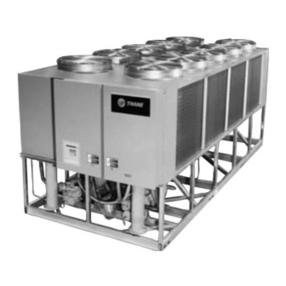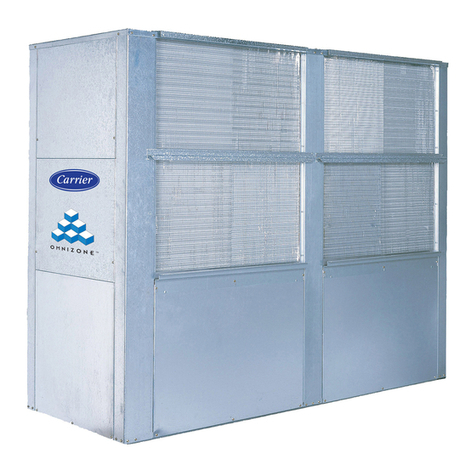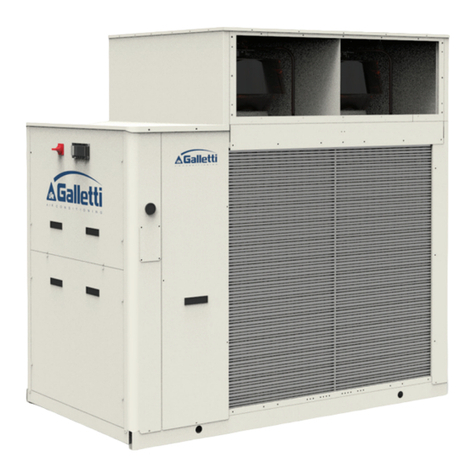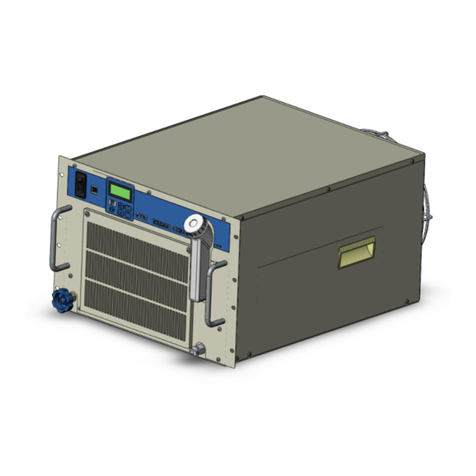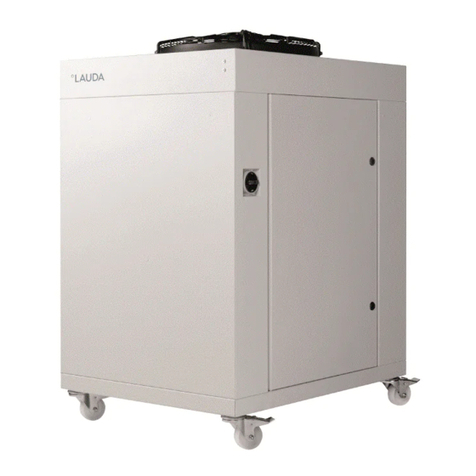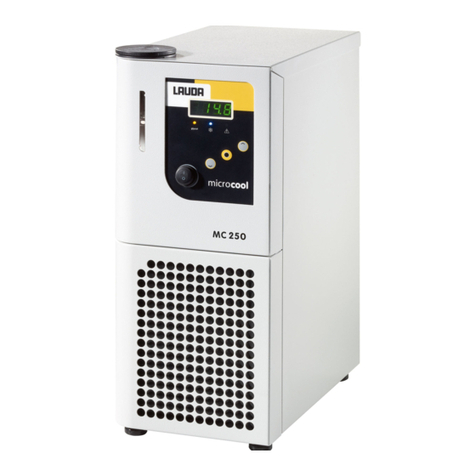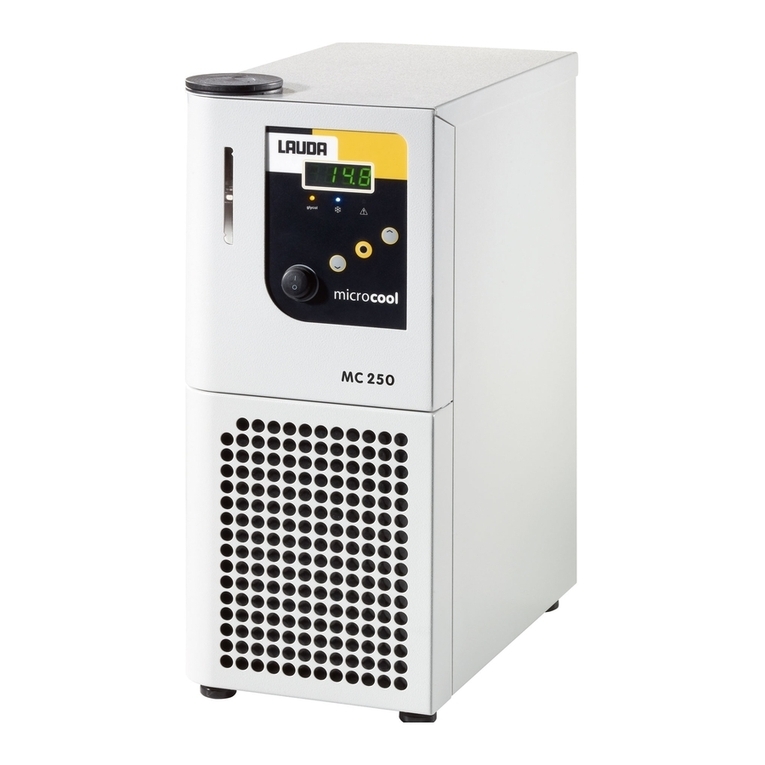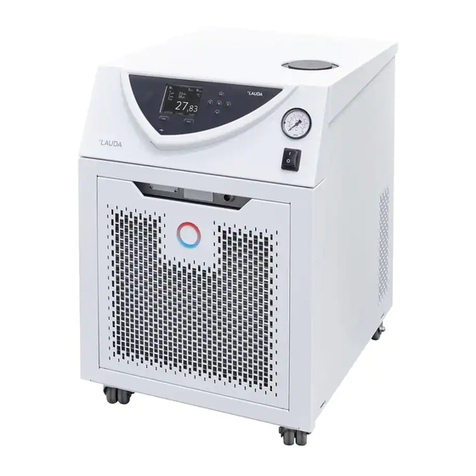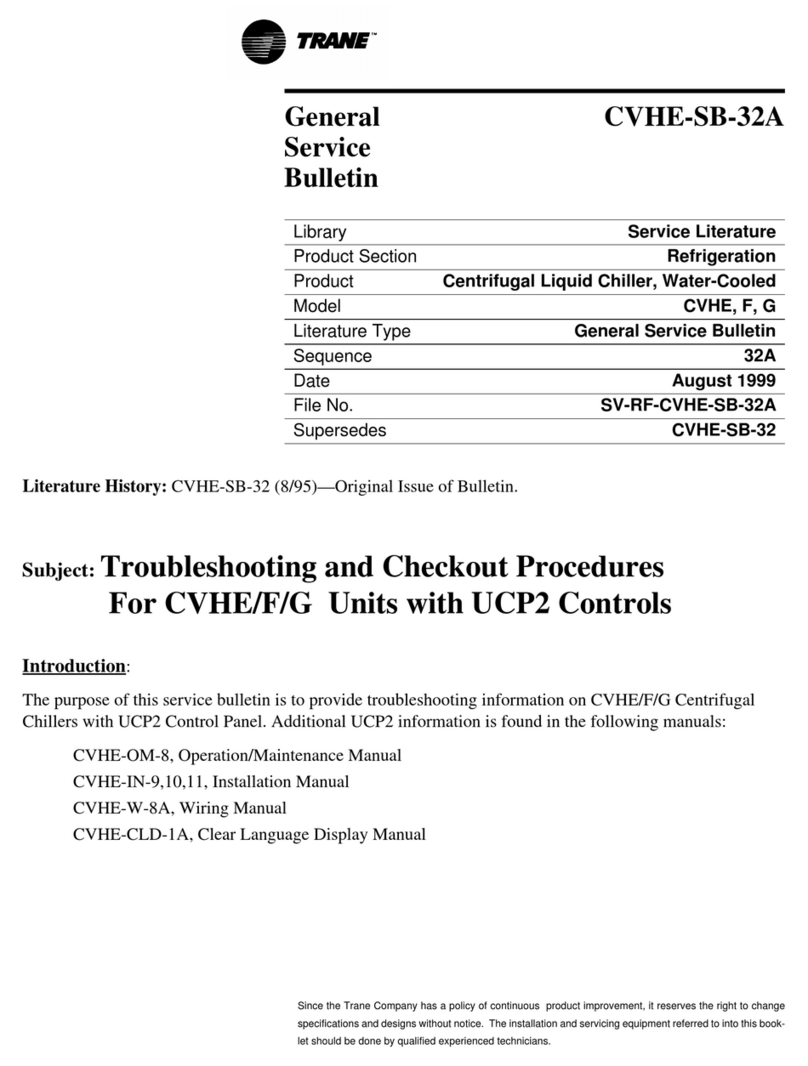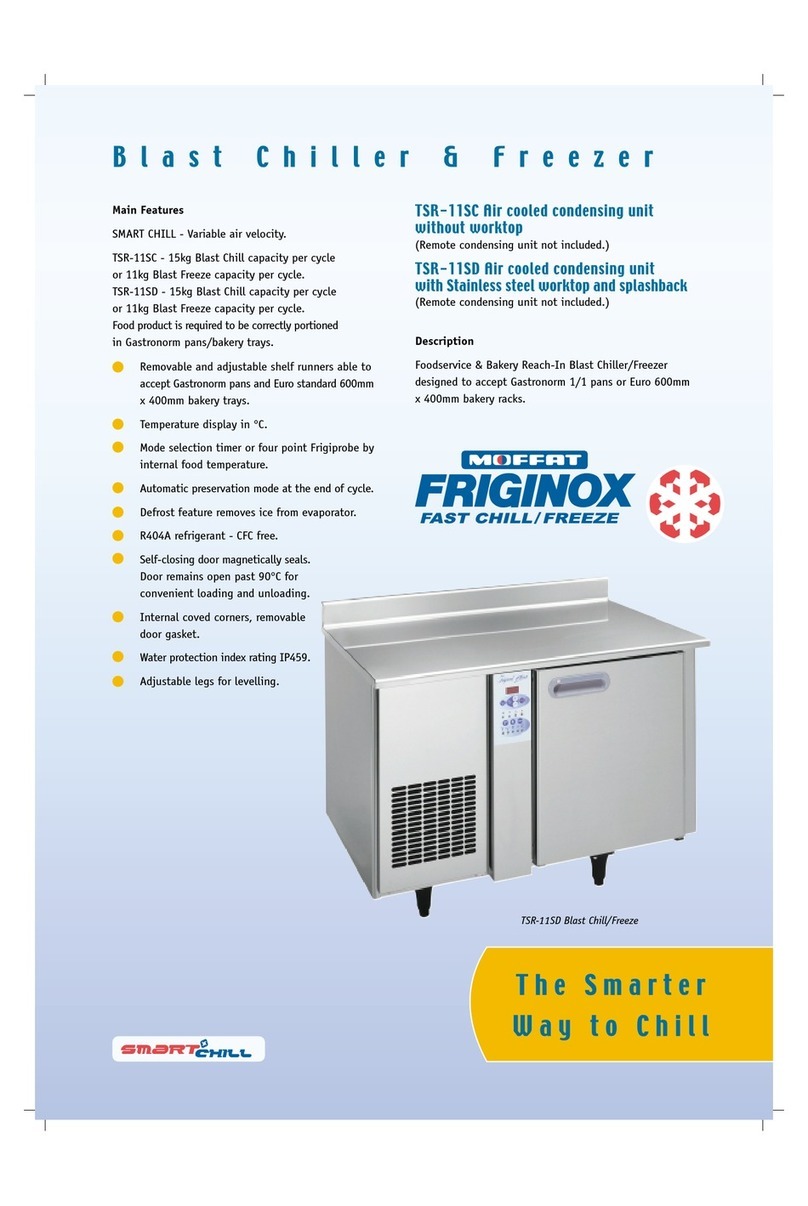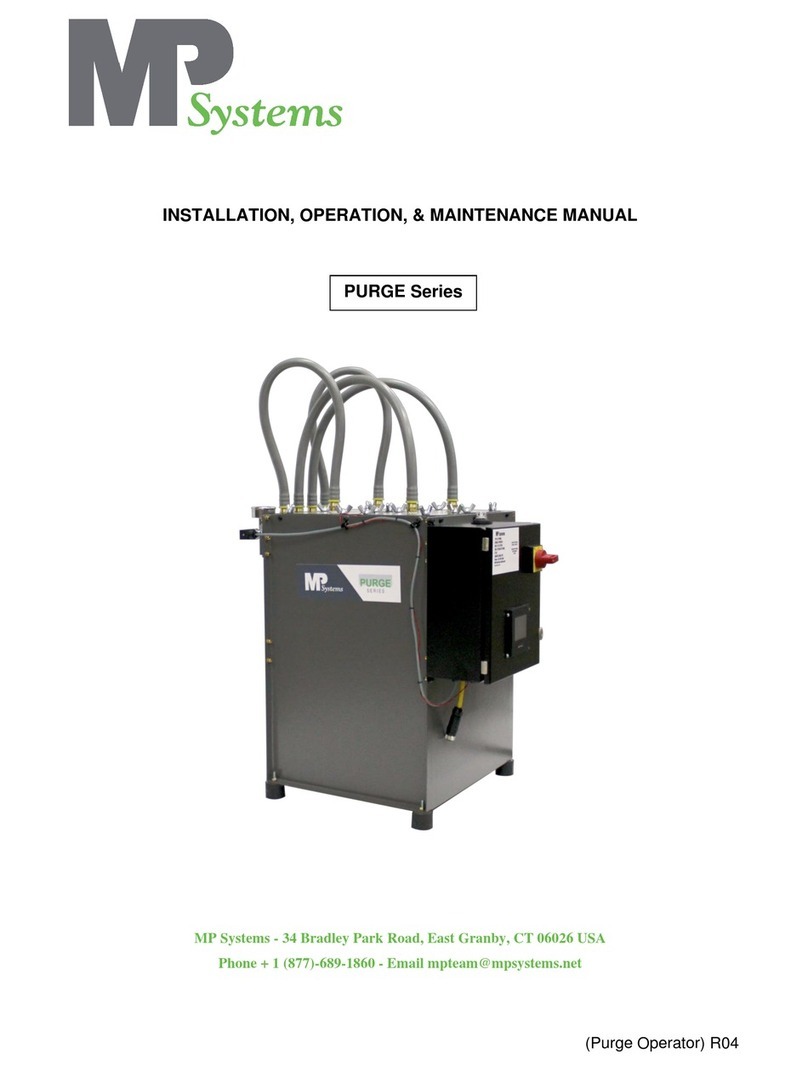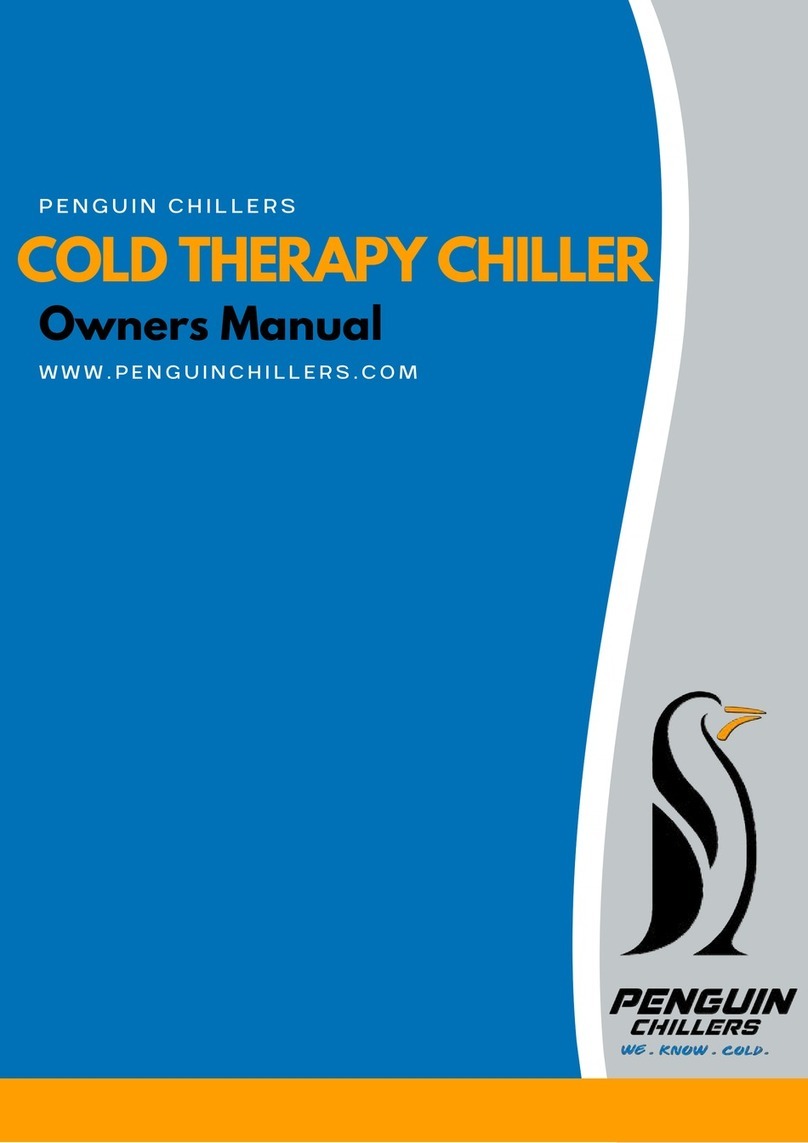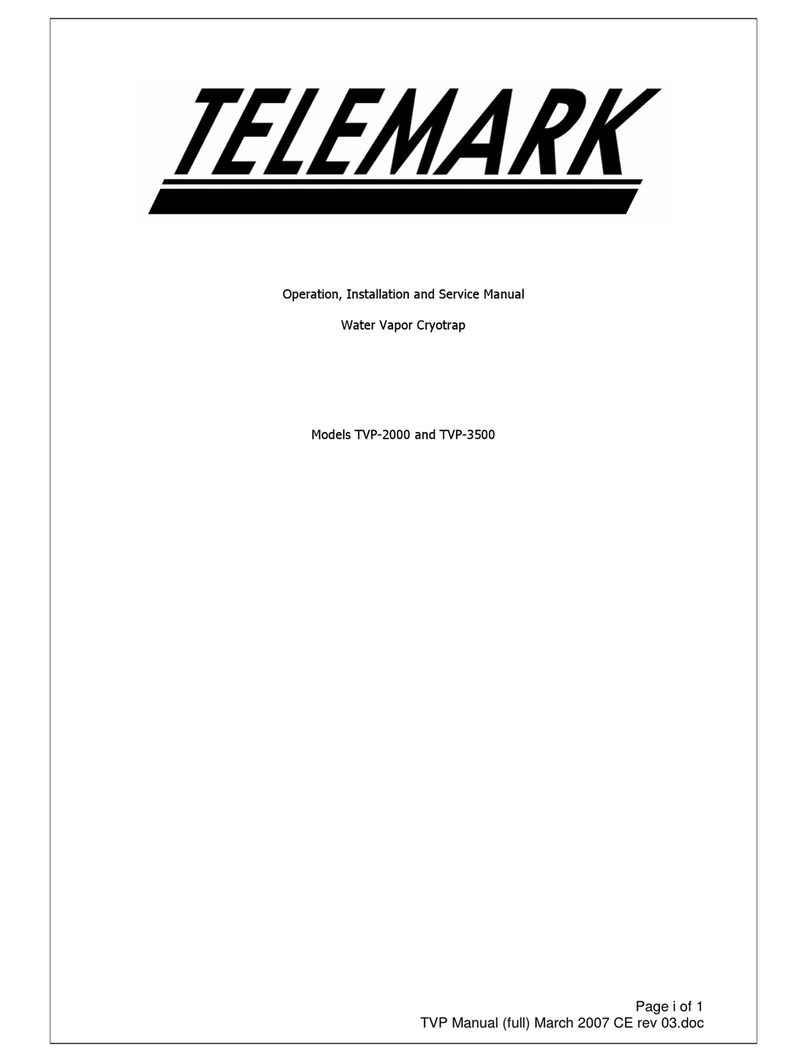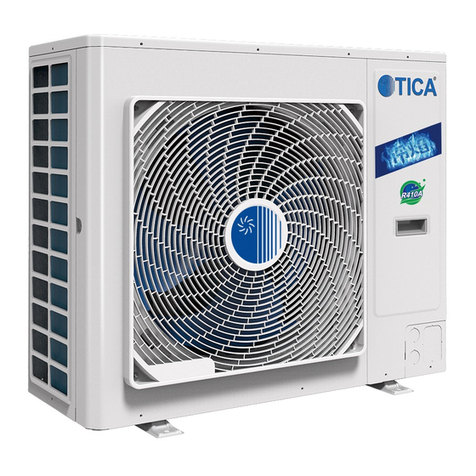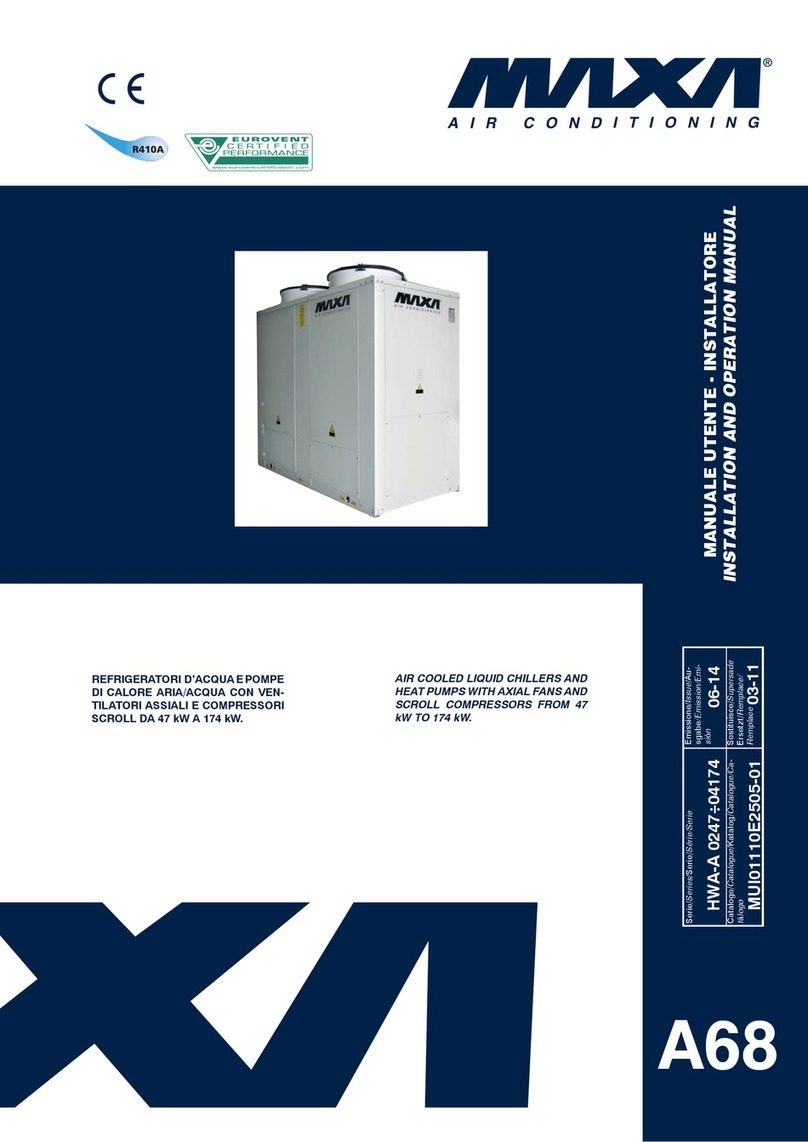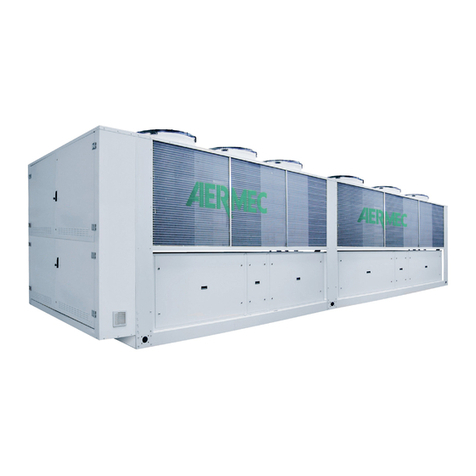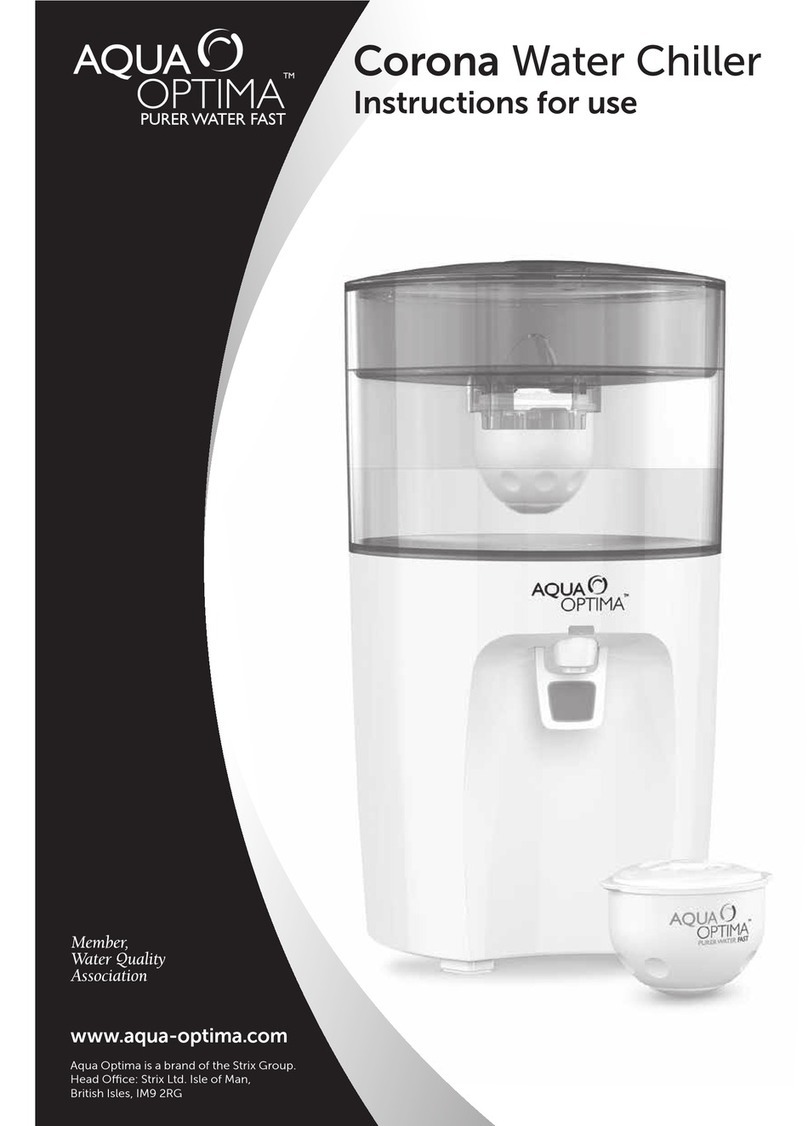
4.4.2 Connecting cooling water........................................................................................... 29
4.5 RS232 interface......................................................................................................................... 30
4.5.1 Cable and interface test RS232................................................................................. 30
4.6 Alarm output 12N...................................................................................................................... 30
5Commissioning.................................................................................................................................. 32
5.1 LAUDA heat transfer liquids...................................................................................................... 32
5.2 Filling device with heat transfer liquid........................................................................................ 33
5.3 Establishing power supply......................................................................................................... 34
5.4 Switching on the device............................................................................................................. 35
5.5 Refilling heat transfer liquid....................................................................................................... 35
5.6 Setting pump pressure.............................................................................................................. 36
6 Operation............................................................................................................................................ 38
6.1 Switching on the device............................................................................................................. 35
6.2 Default display and menu items................................................................................................ 38
6.3 Screen displays......................................................................................................................... 40
6.4 Specifying the setpoint temperature.......................................................................................... 40
6.5 Restricting temperature limit values.......................................................................................... 41
6.6 Configuring timer....................................................................................................................... 42
6.7 RS232 interface......................................................................................................................... 44
6.7.1 Configuring RS232 interface...................................................................................... 44
6.7.2 Protocol...................................................................................................................... 45
6.7.3 Write commands........................................................................................................ 46
6.7.4 Read commands........................................................................................................ 46
6.7.5 Error messages.......................................................................................................... 47
6.8 Configuring alarm output........................................................................................................... 47
6.9 Inputting offset of the temperature sensor................................................................................. 48
6.10 Restoring the factory settings.................................................................................................... 49
7 Maintenance....................................................................................................................................... 50
7.1 General safety instructions........................................................................................................ 50
7.2 Maintenance intervals............................................................................................................... 50
7.3 Cleaning the device................................................................................................................... 51
7.4 Cleaning air-cooled condenser.................................................................................................. 51
7.5 Cleaning the water filter............................................................................................................. 52
7.6 Decalcification of the cooling water circuit................................................................................. 52
7.7 Checking the heat transfer liquid............................................................................................... 53
8 Faults.................................................................................................................................................. 54
8.1 Alarms, errors and warnings..................................................................................................... 54
8.2 Alarms overview........................................................................................................................ 55
Table of contents
Microcool 4
